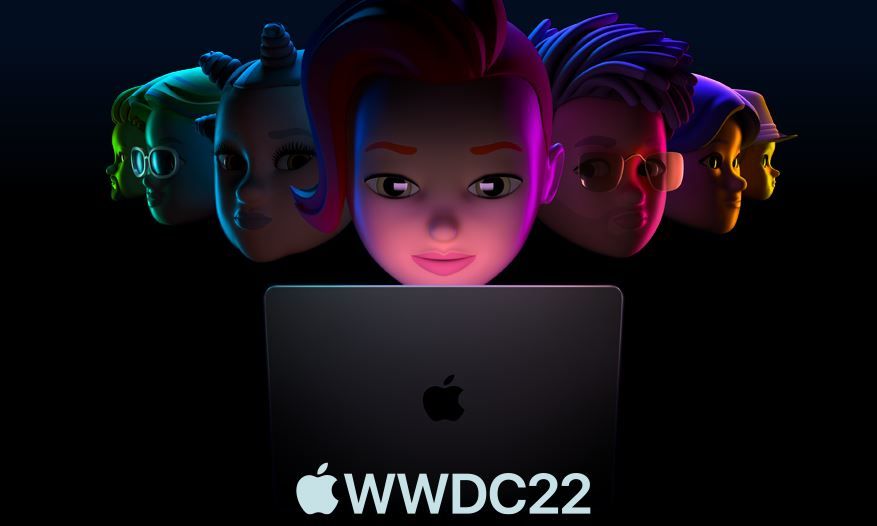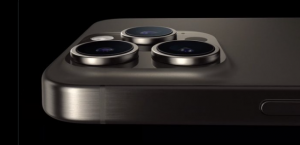With the Apple Worldwide Developers Conference event starting later today, we recount five most iconic and memorable moments in WWDC history, while Steve Jobs was still the lead of Apple.
WWDC 1997: Steve Jobs comes to Apple, and macOS is born
“Focusing is about saying ‘no,‘” Jobs explained at Apple’s 1997 WDCC. “You’ve got to say ‘no, no, no’ and when you say ‘no,’ you piss off people.” That’s Steve Jobs, who decided to return to Apple after being forced to quit the business he co-founded over a decade ago. Although Jobs was simply a ‘consultant’ at the time, he was invited back to rework production and design following Apple’s $400 million acquisition of NeXT.
Also read: Apple WWDC 2022 event: What to expect
Jobs described how he intends to restructure the company in a fireside talk with engineers at the WWDC. This was more of a question-and-answer session than a presentation format that Apple has used for years.
The WWDC 97 conference marked the beginning of a new chapter in Apple’s history for those who follow and cover the firm. Rather than introducing new products, Jobs addressed the basic difficulties that Apple was facing. Its engineers were working on exciting projects, but those projects took the organisation in “18 different directions.”
“I know some of you spent a lot of time working on stuff that we put a bullet in the head of,” he elucidated at the conference. “I apologise, I feel your pain, but Apple suffered for several years from lousy engineering management.”
Most crucially, Jobs used the 97 WWDC to emphasise the need of adopting Future software as the foundation for the upcoming version of macOS. NeXT, an object-oriented, multitasking, UNIX-based operating system, outperformed what other firms offered at the time. And Apple’s goal was to make its Mac range more appealing.
Also read: Apple WWDC 2022: When and where to watch
WWDC 2002: Mac OS 9 being phased out
“A friend to us… always at our beck and call, except when he forgot who he was and needed to be restarted,” Steve Jobs began his WWDC 2002 keynote presentation, which included a mock memorial service for Mac OS 9 complete with a full-size coffin, a pre-written eulogy, and Bach’s Toccata and Fugue in D Minor playing in the background. That was Apple’s way of saying farewell to the “Classic” old Mac OS and urging developers to prepare for the operating system of the future, Mac OS X.
“Mac OS 9 isn’t dead for our customers yet, but it’s dead for [developers],” Jobs stated. “Today we say farewell to OS 9 for all future development, and we focus our energies on developing for Mac OS X.”
The most important message from 2017 WWDC was that Apple did not hesitate to dive into a new operating system of the future, even if it meant abandoning the legacy OS that had done so well in the past. When Apple released the iPhone in 2007, it did the same thing. Jobs and his team anticipated that the iPhone would devalue the iPod and, eventually, render the best-selling music player obsolete.
Also read: Why Apple fell behind Saudi Aramco in the most valuable company race
Apple used the annual developer conference to preview the next major edition of Mac OS X. It was codenamed Jaguar, and it included updated enhancements like as an integrated instant messaging client, handwriting recognition, a new version of Sherlock, and changes to OS X’s Mail and Finder, among other things.
WWDC 2005: The move to Intel
“It’s time for a third transition. And yes. It’s true. ” The following slide had only one word: “Why?” Steve Jobs finally verified rumours that Apple was ditching PowerPC chips in favour of Intel processors. It was the biggest news in technology that year, and possibly the most significant moment in WWDC’s history. Jobs discussed why the transfer was critical and how the company planned to migrate from PowerPC to Intel processors.
The conference convinced developers that Apple’s transition from PowerPC to Intel would be smooth – and it was. At WWDC in 2020, Apple stated that it will replace Intel chips in its Macs with its own ARM-based Silicon.
The 2005 and 2020 presentations were comparable in certain ways. Instead of enthralling customers, Apple made developers comprehend the technical reasons for the move and how Apple might produce better and more powerful machines. In both cases, as demonstrated by Apple’s Macs, the new CPUs outperformed their predecessors in terms of performance and power efficiency.
WWDC 2008: The launch of App Store
The initial iPhone included apps, but none were created by third-party developers. Developers were unhappy with Apple’s approach, and when pressed, Jobs asked them to create their own web apps for the new platform. Following a developer reaction, Apple announced the iPhone SDK and then the App Store.
“Of course, we’ll have all these great apps, but how will we distribute them? The App Store… it’s a way for devs to reach every single user. Users can pick their apps and wirelessly download them right to their phone,” Jobs addressed this in front of hundreds of developers and spectators.
Also read: No more passwords: Apple, Google, Microsoft to adopt new sign-in standard
A few weeks later, the iPhone App Store debuted with 500 apps and a 30% cut of all sales going to Apple. The iPhone continues to be the best-selling smartphone a decade later, and the App Store is the primary means to download software. More crucially, the iPhone App Store has given rise to new industries and firms such as Uber, Snapchat, and Spotify. But there is another side to the story. Apple has been accused of charging fees and imposing unfair rules on its App Store, which serves as the only means to get programmes on its iPhones and iPads.
WWDC 2010: The introduction of iPhone 4
Steve Jobs’ presentation announcing the iPhone 4 remains one of the iconic moments in WWDC and Apple history. “Stop me if you’ve already seen this. But believe me, you ain’t seen it,” Jobs joked about the leaks surrounding the device months before its unveiling. The iPhone 4 was characterised by Jobs as “one of the most beautiful things you’ve ever seen.” He also made a comparison between the iPhone 4 and an ancient Leica camera.
Sure, the iPhone 4 was a design wonder then, but it also included FaceTime, a real-time video conversation programme. It was also the first iPhone with a Retina Display. Although critics complimented the design of the iPhone 4, it was soon discovered that the smartphone was susceptible to signal drop. Indeed, the iPhone 4’s antenna issues caused the firm a slew of PR issues. The iPhone 4s was released the next year, with a revised antenna design. On October 4, 2011, newly appointed Apple CEO Tim Cook unveiled the iPhone 4s. Jobs died on October 5, 2011, the day after the iPhone 4s was released.





